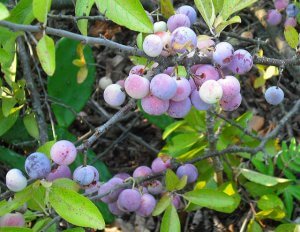
Beach Plum: A Coastal Key to Our Ancestry
The beach plum, Prunus maritima, is a unique fruiting shrub native to America’s northeastern shoreline. A member of the Rosaceae (rose) family, and also known
A Basic skill of any survivalist, woodsman, naturalist, herbalist, apocalypticist, hobbyist or hunter. Being able to identify wild edible plants has an almost mystic image because throughout history this skill done correctly leads to life and incorrectly could lead to illness or death. This is one of the oldest and most respected skills worldwide. Foraging for wild edible plants has always been one of the foundations for mankind’s ability to survive and thrive in different climates.

The beach plum, Prunus maritima, is a unique fruiting shrub native to America’s northeastern shoreline. A member of the Rosaceae (rose) family, and also known
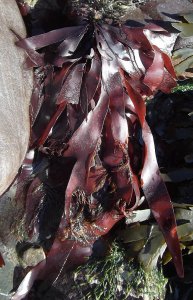
Growing in cold coastal waters from the eastern shore of Canada to New Jersey, USA, dulse (Palmaria palmata) is a nutrient dense saltwater alga. This
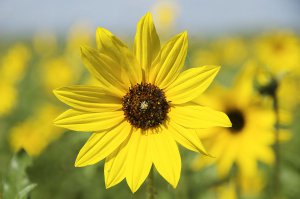
Sunflowers are perhaps one of the most well-known edible flowers. The edible seeds from the Common Sunflower are well known and commercially available. However, you
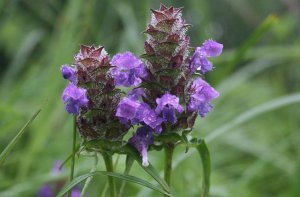
What is Prunella Vulgaris? Prunella vulgaris is a perennial wildflower that is also most commonly known as Heal All or Self Heal. This plant grows
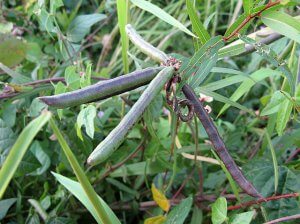
It’s odd to think of picking beans at the beach, but that’s exactly where you’ll find Strophostyles helvola, aka trailing wild bean, amberique bean, or
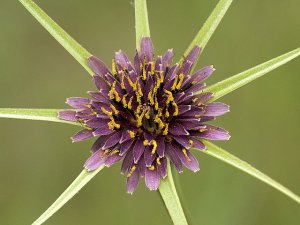
Purple salsify (Tragopogon porrifolius) is a flowering plant that’s commonly found in the Western and Northeast US. Purple salsify grows similarly to other root vegetables
Built with ☕️ by 20k Media.